“Every word today is a weapon on the information battlefield. Therefore, I confidently assert that our newspaper is directly involved in the struggle for victory!” These words from the editorial in the November 19, 2022, issue of Visti Snihurivschyny began a new stage in the 92-year history of the newspaper. The first issue after the liberation of Snihurivka was published with the assistance and financial support of the National Union of Journalists and foreign benefactors.
Currently, the editorial office receives systematic financial support from the Swiss non-profit organization Fondation Hirondelle and the Institute for Regional Media and Information (IRMI, Ukraine) as part of the project “Improving Ukrainian Media Resilience in Ukraine,” funded by Swiss Solidarity.
The editorial board had to stop publishing Visti Snihurivschyny immediately after the Russians launched a large-scale war against Ukraine. Until March 19, 2022, when the occupiers entered the town in the Mykolayiv region, the journalists of the publication worked in an online format. Then the media activity had to be suspended. Editor-in-chief Ihor Novikov had to move to Odesa with his 88-year-old mother.
“During the occupation, many Snihurivka residents lost relatives or friends, some suffered psychological trauma, some had their property destroyed,” the editor wrote in the first issue after the occupation, “Many of my fellow citizens left their homes to save themselves and their families. Nevertheless, as soon as they left their hometown, they immediately called and asked, ‘How are things in our Snihurivka?’ It was hard to accept all this as reality. But the people of Snihurivka had hope and faith in liberation from the ruscists and returning home to their Ukrainian family.”
The premises of the Visti Snihurivschyny newspaper were seriously damaged during the occupation. The occupiers looted the editorial property and stole the editorial car from the garage.
Despite this, the issue of resuming the newspaper’s publication arose immediately after the Defense Forces of Ukraine liberated the town on November 10, 2022. The first post-occupation issue was printed thanks to funds from international financial donors raised with the assistance of the National Union of Journalists of Ukraine.
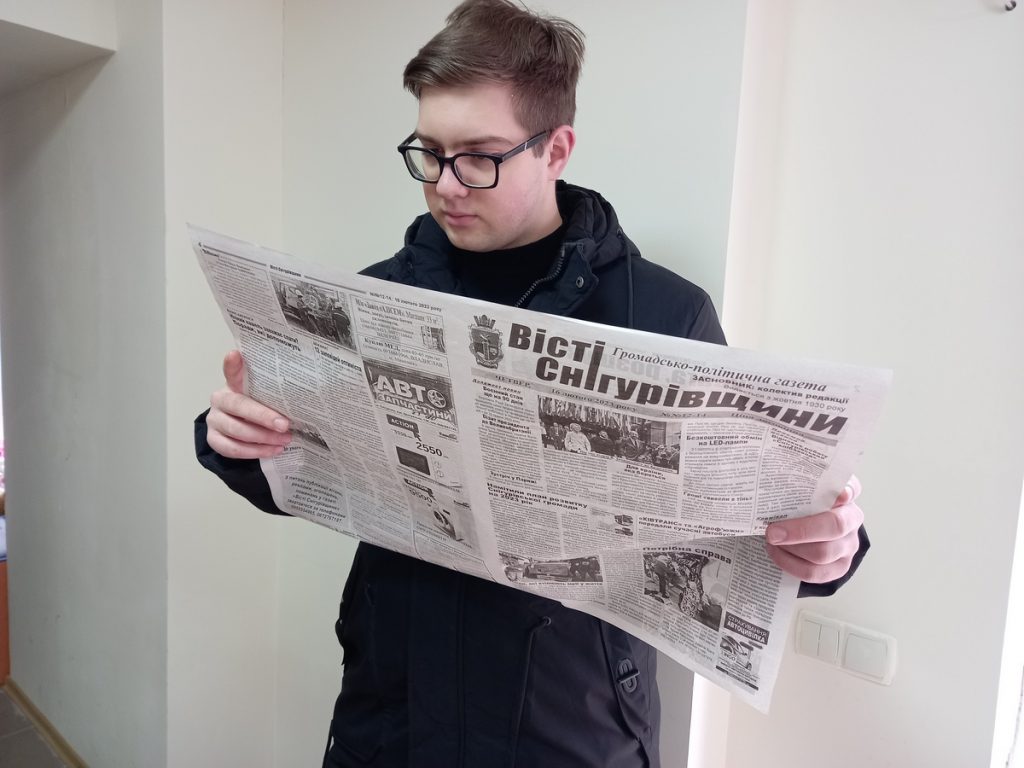
The newspaper of November 19 contained articles about the heroes who liberated Snihurivka, a chronicle of the first steps towards the town’s recovery, stories from Snihurivka residents about life under occupation, articles by residents who went abroad and are defending Ukraine’s interests there, a story about a recent football tournament in Odesa dedicated to the liberation of Snihurivka, and, of course, up-to-date information about pensions, humanitarian aid to residents of the de-occupied territories, etc.
The issue of the newspaper caused real admiration among the residents of the Snihurivka community.
There are no more than 3,800 people left in Snihurivka, so the 3,000-copy circulation was enough for all the families in the town. The newspaper was distributed along with humanitarian aid, but some copies remained, and the editor decided to disseminate them to people personally.
“People in Snihurivka were very tired of the months-long occupation, intimidation by the Russian military, lack of utilities, and information hunger,” says Ihor Novikov, who visited his hometown shortly after the liberation, “It was as if the people of Snihurivka had aged, looking haggard. It was as if they still did not fully believe that our town had been liberated.”
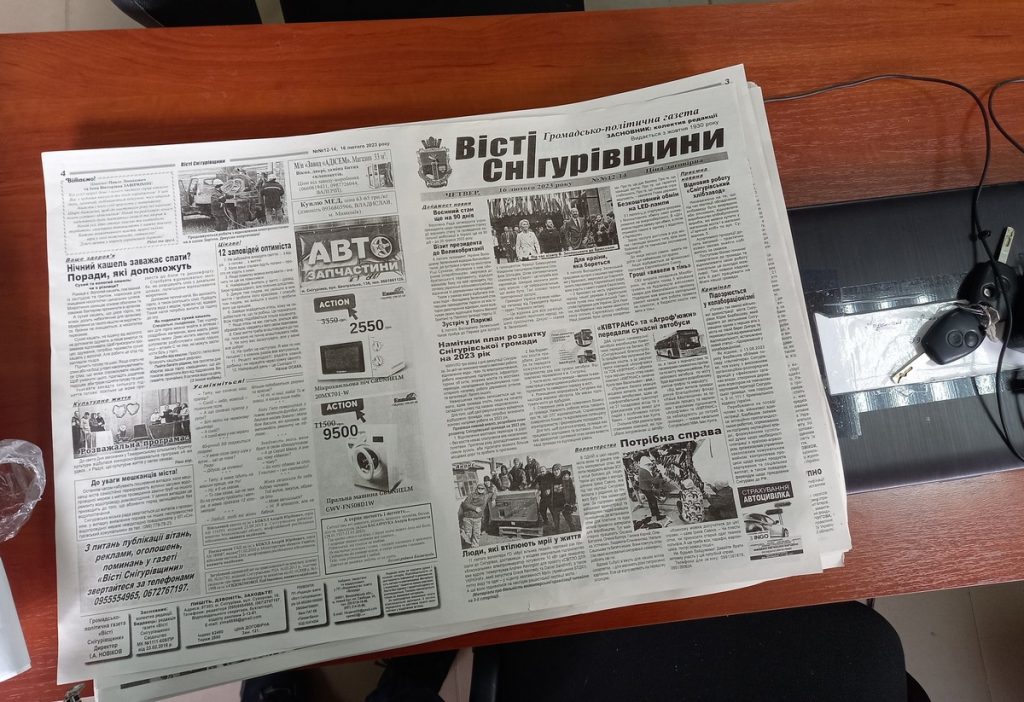
The editor says that he did not even expect the emotions that accompanied the distribution of the newspapers.
“People hugged me as if I had liberated Snihurivka with the military, and they unfolded the newspaper with tears in their eyes,” recalls Ihor Novikov, “It was a real stir, ‘Our native newspaper is back! How we missed it!’ You know, such moments are worth living and working for. Tears came to my eyes. And when I returned to Odesa in the evening, I got a call from a woman who was in charge of newspaper distribution. She also told me about the positive resonance and that the issue was published on time. To be honest, I did not expect such an effect. I am sincerely grateful to the National Union of Journalists and foreign benefactors who contributed to the publication of the newspaper. We have done a great job!”
Ihor Novikov had to prepare the first issues of Visti Snihurivschyny in blackout conditions, either at night when Odesa got electricity or in the evening when there was no electricity but a candle.
“You sit and write with a pen on paper, and then spend hours dictating what you have written to your colleagues who have a light to work…” the journalist explains the technology of preparing those issues, “I also conducted interviews over the phone. For example, the story about a 4-year-old boy Anton, who became a TikTok star by asking our military ‘if they finally kicked out those goats,’ was made possible by my friend who went to the village of Novovasylivka, especially for this purpose. The article about Oksana Chmelyk, a paramedic and judo coach who went through captivity and torture, was ‘dropped’ by another friend of mine, also a coach. Colleagues from the newspaper Vpered from the town of Novyi Buh helped us to make a publication layout.”
One of the articles (‘A 237-day road trip’, about a trip from Odesa to Snihurivka) was literally a dream for the journalist – the impressions of returning home were so strong…
The first issues after the liberation of Snihurivka, when Ukrposhta (national postal operator of state ownership – Editor) had not yet started operating, were distributed with humanitarian aid only in the town itself. However, the third issue was distributed throughout the former Snihurivka district.
Now the editorial office publishes 3-4 issues per month, meaning that it is practically publishing as usual.
“I am still amazed by the attitude towards the newspaper in Snihurivka. Readers tell me that they give the newspaper to each other to read! Welcome back!” says Ihor Novikov.
It’s hard to revive a newspaper, but it’s slowly getting back on its feet.
“We finally managed to organize the delivery of the newspaper to subscribers. Of course, in times of war, the circulation is declining. But, thanks to our benefactors, we are still able to stay afloat,” says the editor-in-chief, “We hope that over time, at least some business activity will resume and we will have advertising. We pin all our hopes on the fact that the war will end and life will return to normal.”
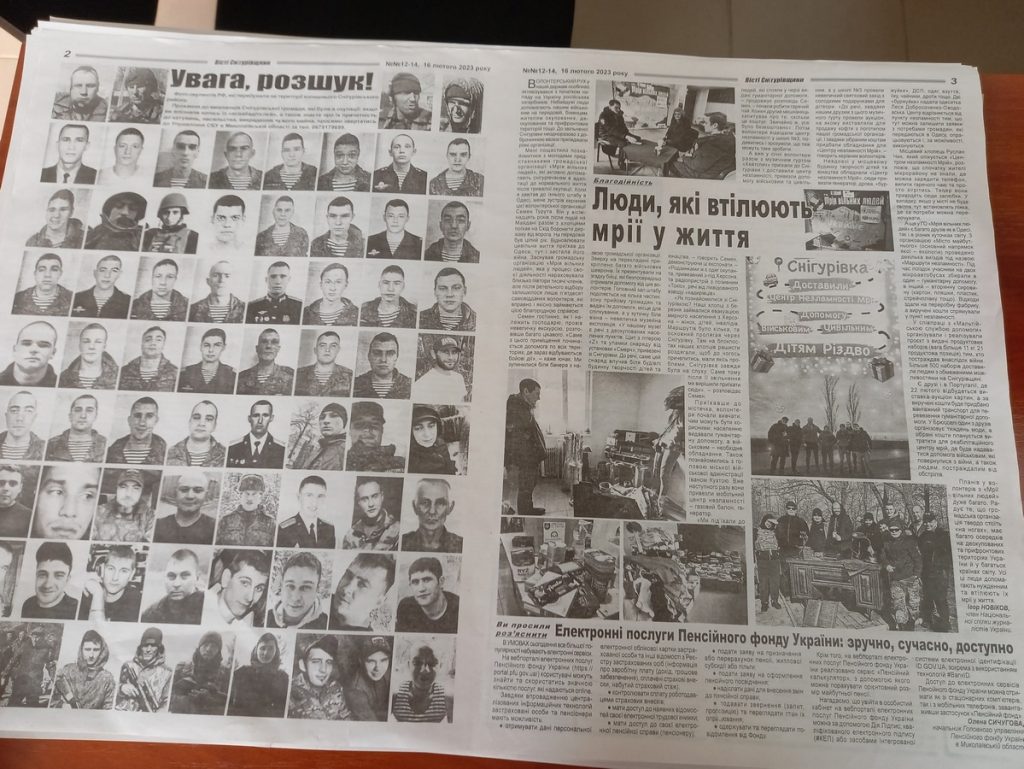
According to Ihor Novikov, the newspaper would not have been possible without the help of philanthropists.
“We publish Visti Snihurivschyny only thanks to the support of the NUJU, Japanese benefactors (GREEN COOP and Japan Offspring Fund), the Swiss non-profit organization Fondation Hirondelle and the Institute for Regional Media and Information (IRMI, Ukraine),” says the editor, “Immediately after the de-occupation of our communities, when Ukrposhta was not yet working, we were able to distribute the newspaper for free, and now we are delivering it to our last year’s subscribers, to whom we owe many issues because of the war. Moreover, this is despite the complete destruction of our editorial office by the occupiers and a significant increase in printing services.”
This story about the media was created by the NUJU in the frame of the project «Improving Ukrainian Media Resilience in Ukraine», financed by Swiss Solidarity and implemented with the support of the Swiss non-profit organization Fondation Hirondelle and the Institute for Regional Media and Information (IRMI, Ukraine). Fondation Hirondelle and IRMI implement a project of institutional support for Ukrainian media editorial offices in the east, north, and south of our country, with an emphasis on the local press. They also launched a 10-month support program for 18 media.
Economic reference
Visti Snihurivschyny print weekly
Distribution area: Snihurivka district (Mykolayiv Region)
Distribution area: Editor-in-chief: Novikov Igor Adamovych
- Since the beginning of the war, the publication has been suspended due to the occupation of the city. After the liberation, the first issue was published on November 19, 2022. The editorial office resumed its work remotely and is currently operating in the same mode.
- During the war, the publication reduced the number of pages from 8 to 4.
- The average circulation of one issue in March 2023 is 2,500 copies.
- 95% of the circulation goes to subscribers, while 5% is distributed in retail.
- The newspaper employs 6 people, 4 of whom are freelance journalists. During the war, the number of employees has changed: three are on vacation at their own expense.
- Due to logistical difficulties, the publication had to change its printing service provider in Mykolayiv to a local one in Novyi Buh.
- Since December 2022, the editorial office has been receiving financial assistance from donors. In particular, the media is grateful to Japanese benefactors (GREEN COOP and Japan Offspring Fund), the Swiss non-profit organization Fondation Hirondelle and the Institute for Regional Media and Information (IRMI, Ukraine).
- The production process still requires computer equipment and furniture.
- Employees involved in the preparation of materials and the publication of the newspaper are paid regularly.
• The editorial office did not lose its premises during the war, but the offices were damaged by shelling, windows and doors were damaged, property was looted, and the editorial car was stolen.
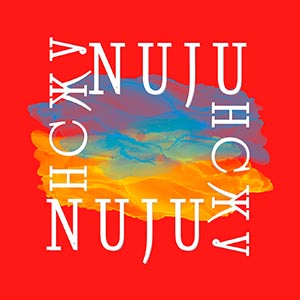
 THE NATIONAL UNION OF
JOURNALISTS OF UKRAINE
THE NATIONAL UNION OF
JOURNALISTS OF UKRAINE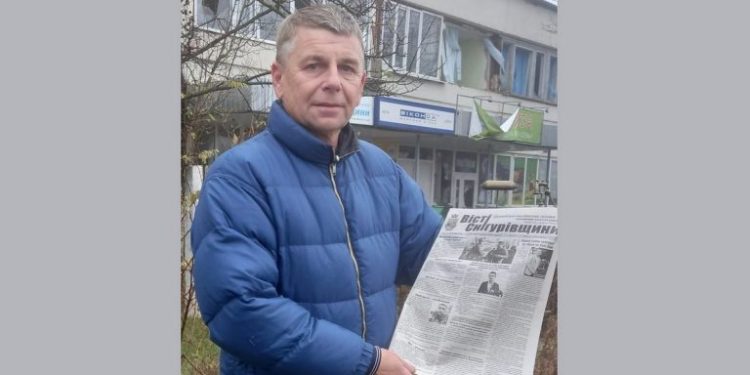

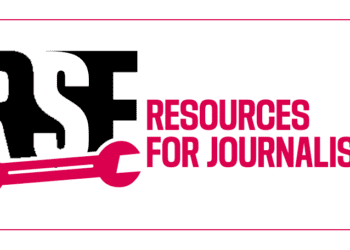
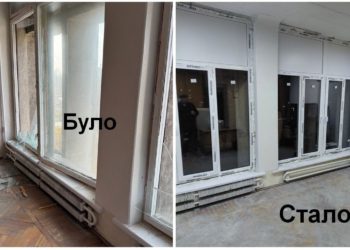
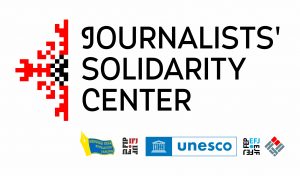
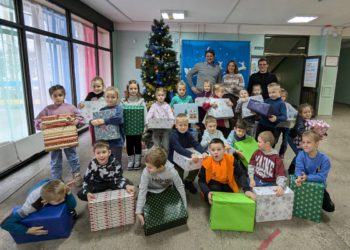







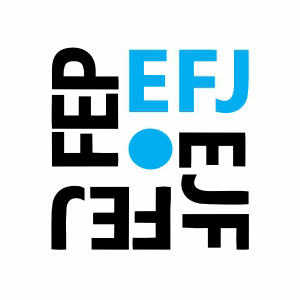



Discussion about this post